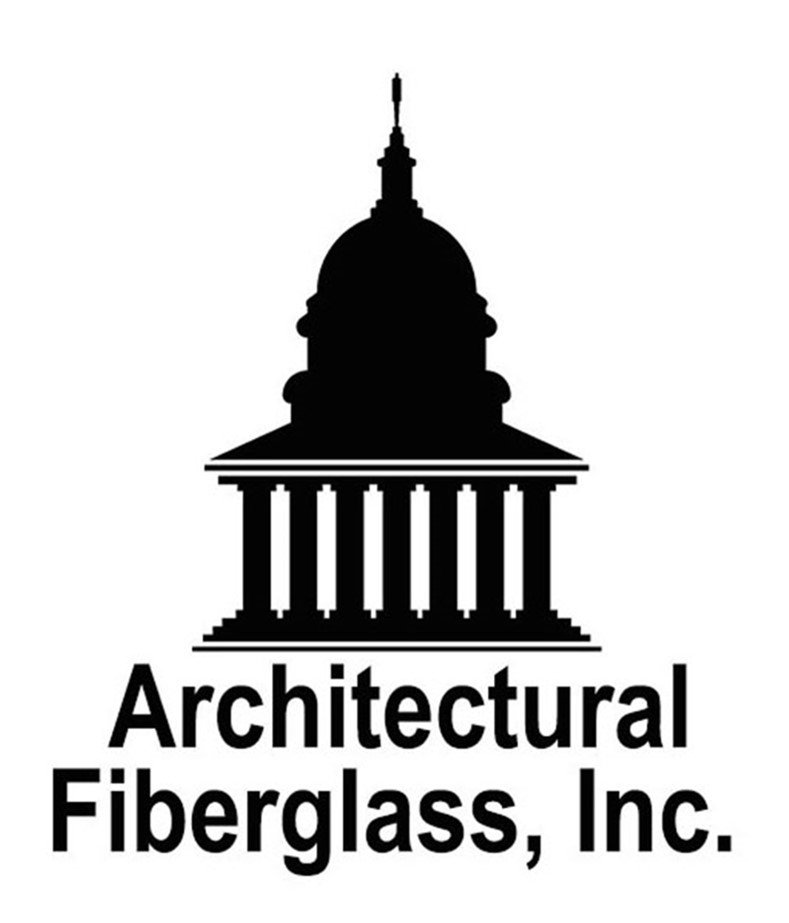Building Green with Fiberglass Composites
Green building has become an increasingly important focus for new construction. The LEED Program (Leadership in Energy and Environmental Design) was developed by the U.S. Green Building Council to provide a framework for implementing practical and measurable green building solutions. Voluntary participation in the program demonstrates initiative to develop high performance sustainable buildings with energy savings, lower carbon footprints, and environmental responsibility.
Compared to other traditional materials such as concrete or terra cotta, the total life-cycle assessment of fiberglass composites contributes to its viability as a green building product. When consideration is taken for the energy consumed in production, installation and environmental sustainability, fiberglass products generate a much smaller impact than other traditional materials and can be used in ways that are less energy or carbon intensive.
The light weight of fiberglass contributes to overall savings, starting with lower transportation costs. There is less need for heavy lifting equipment and installation is faster which result in less distress and disruption to the community. The rigidity and self-supporting nature of fiberglass means there is less dead weight and less structural material is required, eliminating unnecessary resource consumption and bringing down costs. By contrast, a similar product made of cement could require up to 90% more material to produce than fiberglass and would weigh far more. The process of refining cement, from extraction to fabrication, generates a heavy amount of carbon dioxide.
FRP is often chosen over other construction materials for having a life cycle that exceeds other products by remaining resistant to rust, rot and corrosion. By increasing the useful lifespan compared to other products, fiberglass’s durability reduces the need for replacement, repair or repainting. It is this durability and low maintenance of fiberglass that really mark it as environmentally sustainable. Using it as a replacement for wood eliminates toxins from painting, staining, or finishing or the need for pesticides since it is naturally resistant to termites or other wood-consuming denizens.
Another advantage of fiberglass composites is that it is a low conductor of heat. Despite its relatively thin skin, the use of fiberglass allows for a lower requirement of insulation. The thermal integrity of the material minimizes heat loss during winter and heat gain during summer. Including fiberglass can help to maximize energy performance, one of the key points of achievement in the LEED Program. Fiberglass domes and cupolas used as roof structures, or cornice, panels and pilasters used as wall coverings, can be an economical and decorative way of improving energy savings.
Achieving certification through LEED assures that buildings are constructed and operated as intended. LEED credits are weighted to reflect their potential environmental impacts. The program uses strategies aimed at improving performance across environmentally important metrics, such as energy savings, CO2 emissions reduction, and the careful and responsible management of resources. Certification recognizes a sensitivity to the building’s impact on the world. Architectural Fiberglass, Inc. can help achieve that goal by providing a product shown to be environmentally and economically friendly.





